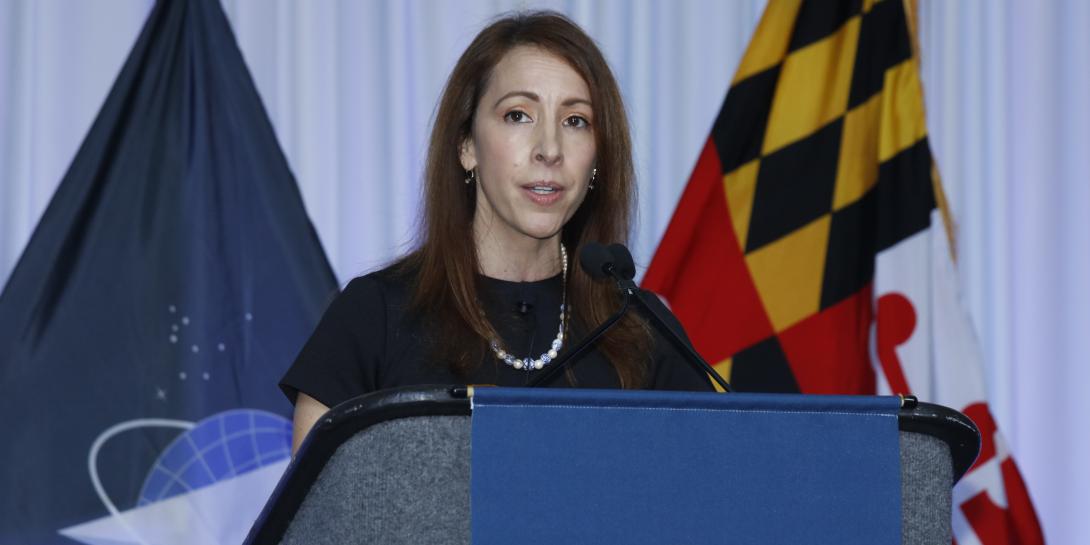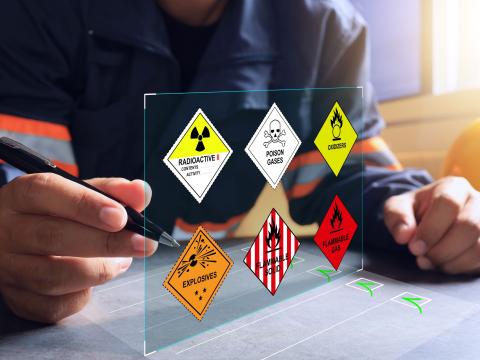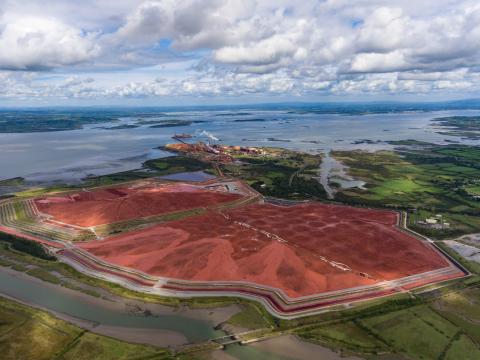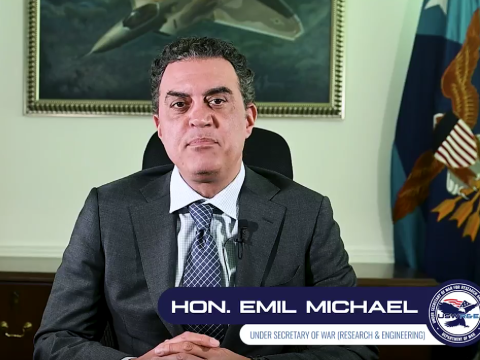Advice for Chief Technology Officers
Chief technology officers, especially those across the military or government, have a complicated task of pursuing technology modernization necessary to improve cybersecurity, user experiences and mission capabilities. To have digital modernization efforts that are repeatable and scalable, however, requires a holistic understanding of an organization’s information technology landscape as well as the business and people processes, advised Danielle Metz, chief information technology (IT) strategist, Office of the Secretary of Defense (OSD), Department of Defense, speaking at AFCEA’s TechNet Cyber conference on April 27.
In her current role, Metz is leading an assessment of the OSD IT landscape, assessing the quality and management of digital technologies to see if the highest levels of DoD senior leadership have access to a modern user experience to execute their mission. She expects to provide recommendations for ‘significant and enduring’ improvements regarding the appropriate IT tools for the nation’s top military leaders.
Prior to this effort, Metz was the deputy chief information officer (CIO) for the OSD’s Information Enterprise, providing oversight, policy guidance and digital expertise for DoD’s enterprise infrastructure initiatives. She saw firsthand how grueling it can be to foster technological change and wanted to share best practices for digital modernization.
Metz stressed that military-related CIOs must be able to transform data into actionable information for leaders operating in the decision-making chain. The technology and services that CIOs provide have to ensure U.S. warfighters can consistently execute missions and operations amid persistent and growing cyber threats.
“This is no small task,” Metz acknowledged. “Meeting the challenges of today's missions and ensuring that the department has a technological advantage requires vision, foresight, dedicated leadership advocacy and a constant cycle of digital modernization. It's a daunting challenge and frequently takes more people time and resources than most DoD organizations have.”
The inherent constraints mean that CIOs must consistently balance the pursuit of key infrastructure modernization efforts while meeting mission requirements—all while facing a general lack of resources. Ensuring successful digital modernization, therefore, takes cleverness, tenacity and a concrete plan, she said.
Danielle Metz, Chief IT Strategist, OSD @DoD_CIO @DeptofDefense: It's not enough for CIO's to have a clear vision for tech modernization, they must also be able to share that vision with teammates and partners to build collaboration & influence stakeholders #AFCEACyber pic.twitter.com/B3u2muN1hK
— Kimberly Underwood (@Kunderwood_SGNL) April 27, 2022
“CIOs must be forward-thinking and have a clear vision,” the chief IT strategist stated. “And that vision needs to be revisited regularly with a view toward IT evolution. CIOs must anticipate future modernization initiatives early so that funds can be documented in the budget.”
Yet it is not enough to have a clear vision for an organization’s digital modernization, Metz continued. Finding fellow champions of help to usher in the vision and a persuasive ability are needed.
“CIOs must also be able to successively share their vision with their teams and partners in order to build collaboration and influence stakeholders to be a part of that vision,” Metz advised. “They should identify and team with the experts that are needed to bring that vision to life. [They] should continually assess the current state of their landscapes against their vision. In addition to an abundance of requirements and a general lack of resources, CIOs also struggle to change how they are perceived both internally within their organization and across their organizations because IT is the tool by which every mission in the department is accomplished.”
CIOs must also work past the perception of their customers, partners and often, even their own leadership, that the CIO shop is just a help desk.
“CIOs need to help other organizations understand how they enable mission successes beyond hardware and networks, so that mission partners view CIO services as a needed tool, like you would do with a weapon system or a financial system,” the chief IT strategist stated.
Metz also recommended CIOs develop strong stakeholder relationships not just internally within DoD and across the federal government but also with industry and academia. “Accomplishing enterprise-level change requires teaming with mission partners before the initiation of any new project,” she stated. “And collaboration should continue throughout the entire modernization process.”
Strategic plans should include “more than a road map for implementation.” CIOs need to ensure funding is in place and updated acquisition processes are adopted. Critical data on an organization's current IT landscape will help define the state of an organization’s landscape, so a comprehensive inventory—before and during—modernization efforts is necessary.
“CIOs should also regularly engage with their stakeholders in order to better understand their wants and needs,” Metz said. “The data that is captured during the strategic planning and the implementation phase is incredibly valuable as it can help adjust something that is off-kilter during the implementation and can provide information that later shapes the strategic vision.”
Even though it is a challenge, CIOs should not shy away from digital modernization or delay its pursuit. The stakes are too high, Metz observed.
“The reason [for digital modernization] is pretty simple,” she said. “We must. In order to protect U.S. service members, defend our allies and partners, and safeguard our citizens, we must aim for maintaining a technology advantage in addition to a tactical advantage. IT is a technical enabler for every mission within the department. A modern mission-ready Department of Defense requires that organizations have a digital architecture that is operationally effective and provides a secure and seamless foundation.”




Comments